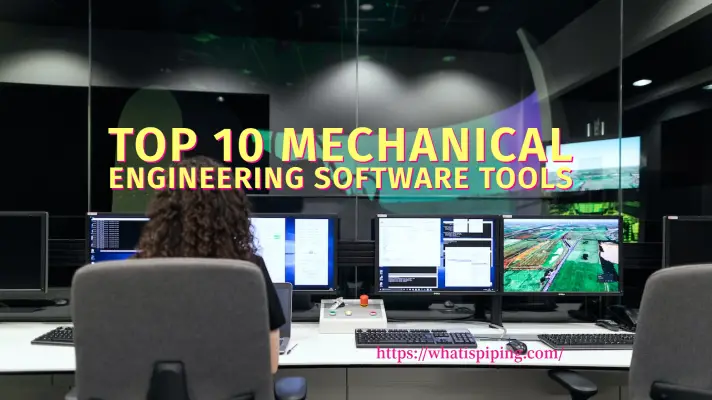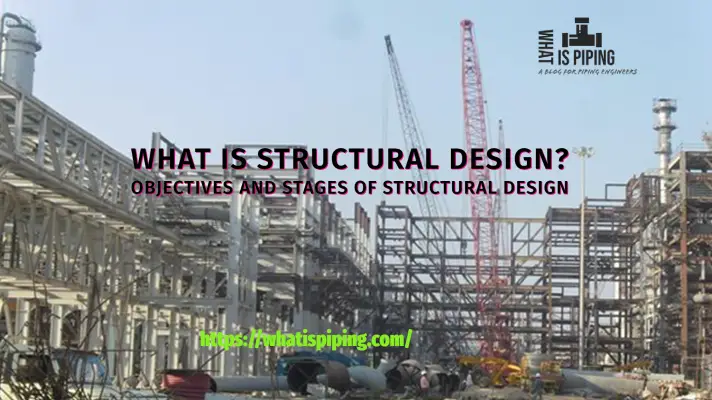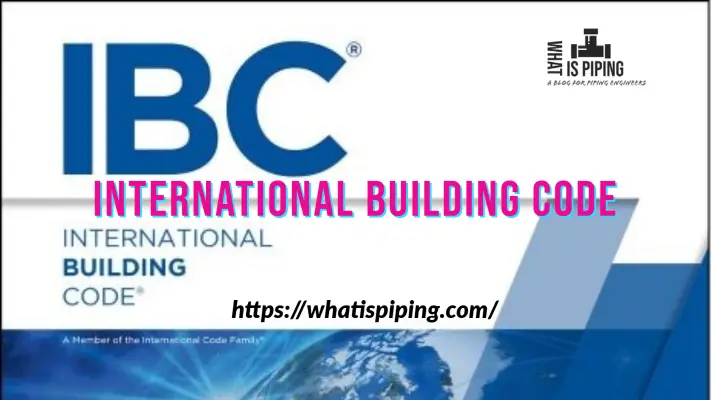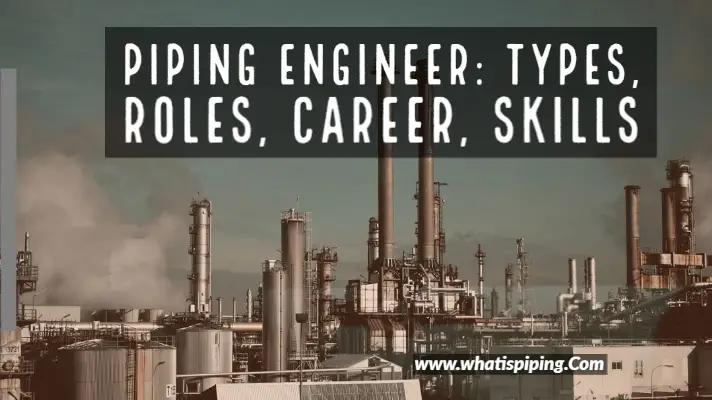In the world of engineering and industrial infrastructure, the American Society of Mechanical Engineers (ASME) plays a vital role in establishing and maintaining standards for various mechanical systems. ASME has developed a comprehensive set of codes and standards to ensure the safety, reliability, and efficiency of different piping systems. Among these, ASME B31.1 stands out as the “Power Piping Code.” This blog aims to provide an in-depth understanding of ASME B31.1, its significance, scope, key components, and its impact on power piping applications.
What is ASME B31.1?
ASME B31.1, officially titled “Power Piping,” is a code that establishes the minimum requirements for the design, construction, inspection, and maintenance of power plant piping systems. It applies to power piping systems used in various facilities, including thermal and nuclear power plants, combined cycle plants, and other high-pressure applications. The code addresses a wide range of media, including steam, superheated steam, compressed air, and other high-temperature and high-pressure fluids necessary for power generation.
Scope of ASME B31.1
ASME B31.1 covers a comprehensive scope of power piping systems and related components. The code provides guidelines for the following aspects:
- Material Specifications: ASME B31.1 specifies the permissible materials for power piping, such as carbon steel, alloy steel, and stainless steel. It also addresses non-metallic materials and their use in specific applications.
- Design Considerations: The code outlines design criteria, including pressure, temperature, and stress analysis. It considers both sustained and occasional loads, as well as external forces acting on the piping system.
- Fabrication and Construction: ASME B31.1 provides guidance on fabrication methods, welding procedures, and joint configurations to ensure the integrity of power piping systems.
- Inspection and Testing: The code sets forth rigorous inspection and testing requirements to verify the quality and safety of the constructed piping systems. It covers hydrostatic testing, non-destructive examination (NDE), and other inspection techniques.
- Operation and Maintenance: ASME B31.1 offers guidelines for the operation and maintenance of power piping systems, including procedures for handling repairs, alterations, and integrity assessments.
Key Components of ASME B31.1
- Scope and General Requirements: This section outlines the purpose and scope of the code, along with general requirements for power piping systems.
- Definitions: ASME B31.1 provides clear definitions of essential terms used throughout the code to ensure consistency in interpretation.
- Design: This part covers the design considerations, such as allowable stress, pressure design thickness, flexibility analysis, and various loadings.
- Materials: ASME B31.1 specifies the requirements for materials, including allowable stresses and temperature limits based on material properties.
- Fabrication, Assembly, and Erection: This section deals with the fabrication, assembly, and erection of power piping systems, addressing welding, heat treatment, and testing of components.
- Inspection, Examination, and Testing: Here, the code emphasizes the importance of inspection, examination, and testing to ensure the safety and quality of power piping.
- Non-Mandatory Appendices: ASME B31.1 includes informative appendices with additional guidelines and recommendations for specific applications and situations.
Significance and Impact
ASME B31.1 plays a crucial role in the power generation industry, ensuring that power piping systems are designed, constructed, and maintained to meet strict safety and performance standards. Compliance with ASME B31.1 provides assurance to regulatory authorities, insurance companies, and the public that power plants are operated safely and efficiently.
By adhering to the code’s guidelines, power plant operators can reduce the risk of accidents, leaks, and failures, thus safeguarding personnel and the environment. Additionally, the code helps in maintaining the reliability and long-term integrity of power piping systems, minimizing downtime and maintenance costs.
ASME B31.1 Latest Edition
To get the most current and up-to-date information on the latest edition of ASME B31.1, I recommend visiting the official website of the American Society of Mechanical Engineers (ASME) or checking with their publications department for the most recent version. The ASME website typically provides information on the latest editions and any amendments or addenda that have been released since the initial publication.
While this article is written the latest edition of ASME B31.1 available in the market is the ASME B31.1-2022 edition.

Differences between ASME B31.1 and ASME B31.3
ASME B31.3 is the process piping code while ASME B31.1 is the power piping code. The application of both codes is different as they cater to different industries. I had already prepared a detailed article related to the major differences between ASME B31.3 and ASME B31.1. Kindly click on (18 Major Differences between ASME B31.3 and B31.1 (B31.3 vs B31.1)) to access that.
What’s New in ASME B31.1-2022?
The ASME B31.1-2022 edition marks a significant revision to the previous 2020 version of the power piping standard code. As a pivotal document for the industry, this latest edition introduces numerous changes aimed at keeping the standard up-to-date with the latest advancements and safety considerations. The comprehensive list of updates spans four pages, indicating the extensive nature of the changes.
Some of the prominent changes featured in the ASME B31.1-2022 revision include:
- New Definitions: The revision introduces new definitions for “arc strike” and “throttle valve.” Additionally, definitions for “covered piping systems (CPS)” and “pipe and tube” have been revised to provide greater clarity.
- Code Jurisdictional Limits: Two new figures, Figure 100.1.2-9 and Figure 100.1.2-10, have been added, presenting “Code Jurisdictional Limits for Piping” in steam locomotive boilers with dome throttle and front-end throttle, respectively.
- Section Title Update: Section 104.2, previously named “Curved Segments of Pipe,” has been retitled to “Curved and Mitered Segments of Pipe.”
- Partial Penetration Welded Branch Connections: New paragraphs have been added in Section 104.3.1(c) to address partial penetration welded branch connections NPS 2 (DN 50) and smaller under specific circumstances, without requiring reinforcement.
- Reinforced Extruded Outlets: Figure 104.3.1-2, showcasing “Reinforced Extruded Outlets,” underwent a complete change.
- Material Coefficient Consideration: In Section 110, a sentence has been added to emphasize the importance of considering the effects of using materials with different coefficients of thermal expansion in piping joints.
- Heat Treatment for P-No. 10H Materials: A new paragraph (129.3.6) has been added to address the performance of heat treatment for P-No. 10H materials when required after bending or forming.
- Updated Tables: Numerous tables throughout the document have been updated to align with current industry practices and requirements.
The comprehensive nature of these changes demonstrates the commitment of ASME to ensure the standard remains relevant and effective. Users can easily identify revisions in the ASME B31.1-2022 edition by noting the number “22” in the margin, providing a quick reference for the latest updates.
With the ASME B31.1-2022 revision, the power piping industry can confidently embrace cutting-edge practices, ensuring safety, reliability, and efficiency in power plant operations and high-pressure applications. As technologies continue to evolve, the standard will serve as a steadfast guide, enabling engineers, operators, and regulators to maintain the highest standards in power piping systems.
Conclusion
ASME B31.1, the Power Piping Code, is an indispensable standard for the design, construction, inspection, and maintenance of power piping systems in various industrial facilities. By following its guidelines, engineers and plant operators ensure the safe and efficient operation of power plants, contributing to the reliability and sustainability of the power generation industry. The code’s continuous development and updates by ASME reflect the commitment to advancing safety and engineering practices, keeping pace with evolving technologies and industry requirements.
Online Courses on Piping Design and Engineering
If you wish to dig deeper and learn more about elements of piping design and engineering then the below-mentioned online courses will help you to do so:
- Designing Piping Systems: Pipe Fittings Flanges Valves
- Piping Isometrics demystified through practical examples
- Flow of fluids through piping systems , valves and pumps
- The Complete Course on Piping Components for Oil&Gas Career
- Piping Design Engineering & Piping Isometrics Masterclass
- PG Diploma in Piping Design Engineering
- Click here for other relevant piping engineering courses









Dear Mr. Anup,
I am student. Please educate me.
What is the minimum criteria when you decide to go to perform Stress Analysis / Flexibility Analysis on any Piping?
a) is it minimum Temperature and Pressure value irrespective to Transferring Medium and Pipe Material?
b) is it minimum Temperature and Pressure value subject to the Transferring medium?
c) is it minimum Temperature and Pressure value subject to the Transferring medium and Pipe Material itself?
Please elaborate the from basics for my better understanding.